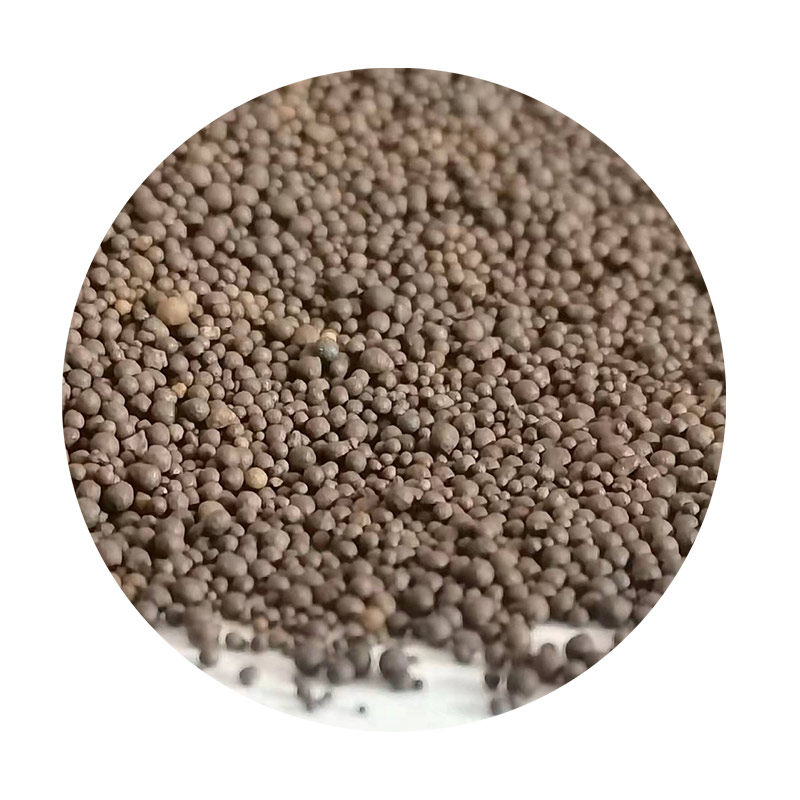The Importance and Benefits of Coated Sand in Modern Applications
Coated sand has emerged as a crucial material in various industries, particularly in the realms of construction, foundry processes, and oil and gas extraction. This innovative material consists of sand grains coated with a thin layer of resin or other coating agents. The resulting product boasts enhanced properties that cater to specific operational needs, making it an indispensable asset in many commercial applications.
One of the primary advantages of coated sand is its superior performance in foundry applications. In the sand casting process, where molten metal is poured into molds made from sand, the quality of the sand is paramount. Coated sand significantly improves the integrity of molds and cores, minimizing defects such as misrun and blowholes. The coating serves to bind the sand grains together more effectively than traditional uncoated sands, leading to improved thermal resistance and dimensional stability. This results in a smoother surface finish of the final metal product and enhances the overall quality of castings.
Moreover, coated sand plays a vital role in the oil and gas industry, particularly in hydraulic fracturing or “fracking” processes. During fracking, a mixture of water, sand, and additives is injected into rock formations to release trapped oil and natural gas. The coated sand used in this process is engineered to withstand high pressures and temperatures. Its unique properties help to keep the fractures open, allowing for greater oil and gas extraction efficiency. The coatings often include resin additives that can reduce the sand’s permeability, thus aiding in the retention of the proppant within the fractures without allowing unwanted fluid to escape.
In addition to its mechanical benefits, coated sand also addresses environmental concerns. Traditional sand mining can lead to ecological degradation, affecting local environments and biodiversity. However, the use of synthetic or engineered coated sand can mitigate some of these issues. Many manufacturers are now sourcing materials responsibly and developing coated sands from recycled or sustainable sources. This shift not only aligns with global sustainability goals but also helps industries reduce their carbon footprints.
coated sand

From the aspect of versatility, coated sand can be customized for specific applications. Various types of coatings can be applied to alter the sand's properties, including color, strength, and hydrophobicity, making it suitable for a wider range of uses. For instance, sand used in the production of decorative concrete or architectural stones is often coated to achieve desired aesthetic qualities while ensuring durability.
The economic implications of using coated sand are also noteworthy. Although the initial costs may be higher than those associated with traditional sand, the long-term savings from reduced material waste, lower defect rates, and increased efficiency often offset these expenses. Businesses in sectors like manufacturing and construction can benefit from enhanced productivity and reduced operational costs, ultimately leading to improved profit margins.
Furthermore, as technology advances, the methods for producing coated sand are becoming increasingly sophisticated. Innovations in coating techniques and materials are continuously being developed, opening new possibilities for specialized applications. This ongoing research is essential for maintaining competitive advantage in industries that demand high performance and efficiency.
In conclusion, coated sand is a versatile and high-performance material that meets the evolving needs of multiple industries. Its unique properties enhance the efficiency of processes like foundry casting and hydraulic fracturing while also promoting environmental sustainability and economic viability. As we move forward, the evolution of coated sand technology is likely to play a pivotal role in addressing the challenges faced by industries and contributing to future innovations.
Post time:Січ . 02, 2025 12:45
Next:रेती कास्टिङ्गमा के प्रकारको रेती प्रयोग गरिन्छ ?
